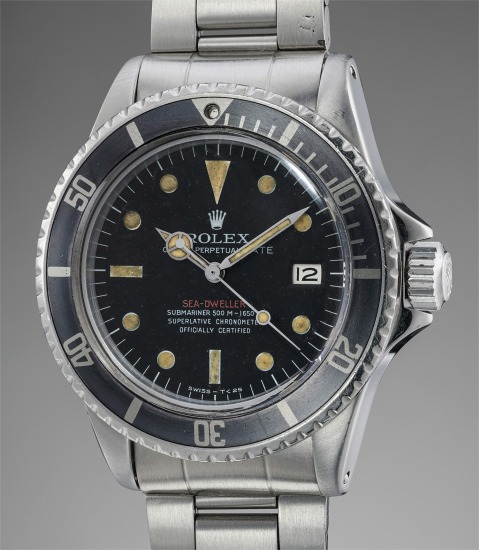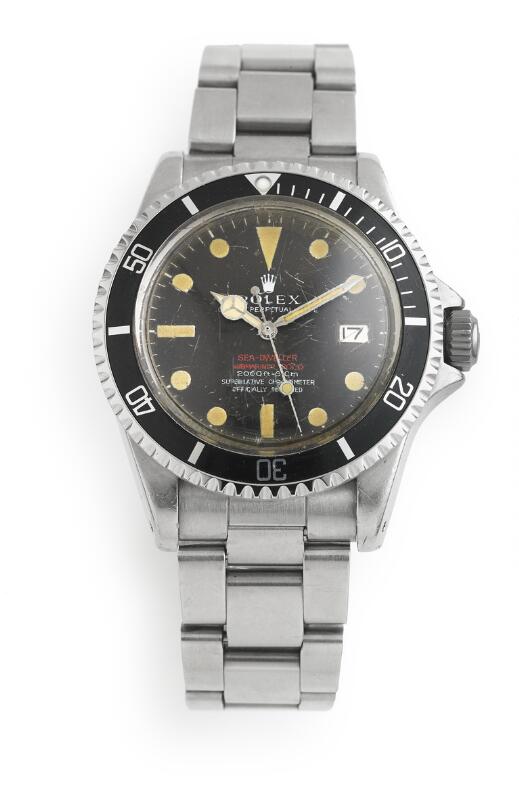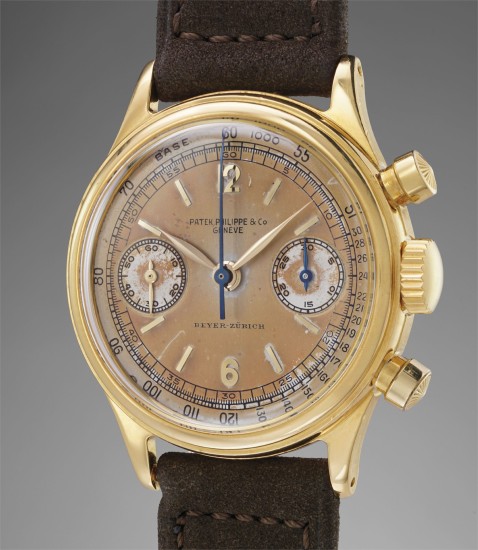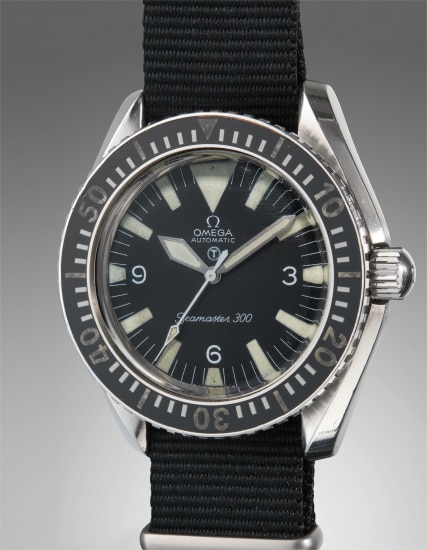.390 bore diameter, smoothbore .630, 7.5" octagonal barrel, S/N 2. Seven-grooved rifling with square cut. Loading lever on the right side. Nine-shot cylinder with one shot smoothbore. Silver-plated brass backstrap and trigger guard. Finely checkered walnut grips with diamond shaped escutcheons. Butt with an incorporated lanyard ring. An historic, and exceptionally rare firearm, and one of only two known American made LeMats. The top of barrel is hand engraved in two lines of block lettering John Krider & Co, Philadelphia Makers. This address is separated by three vertical sinuous lines from an additional engraved single line "A. LE MATS GRAPE SHOT REVOLVER PATENT No 2." The engraved abbreviation "Col" appears as a superscript offset between these, and judging by the size and style of engraving, seems to have been engraved in the same hand, though added later. A total of two of these American-made LeMat's exist, both sequentially marked (Adams, 2005: 21-24). They are known in the literature as "Krider No. 1" and "Krider No. 2" in honor of their manufacturer. Krider No. 1 is curated in the Liege Arms Museum in Belgium, and was acquired in 1891 from the Auguste Francotte estate. The barrel inscription lacks the title "Col" that is present on Krider No. 2. Krider No. 2 was discovered in Northern France in the mid-1900s, in an area where LeMat was known to have retired. Adams (2005:24) speculates that this revolver might have been LeMat's personal gun. Based on their low serial numbers and Krider manufacture, Adams suggests that Nos. 1 and 2 were probably used at the March, 1859 trial held before the New Orleans Military Board and again, two months later, in May at a nationally ordered trial in Washington, D.C. The purpose of these trials was determine their effectiveness as military weapons, and financially, much was at stake for LeMat. We have no clear answer of why the abbreviation "Col" was apparently added above the address lines and patent markings on Krider No. 2. However, in the time between the New Orleans and Washington, D.C. trials, LeMat was given the military rank of Colonel by the state of Louisiana. Being a savvy businessman, LeMat was probably aware that the addition of a rank might make the gun more marketable to military inspectors. In doing so, he was copying another "Colonel" who added the same title to the address line of the revolvers produced at his Connecticut factory: Samuel F. Colt. Provenance: Found in Northern France in the mid-1950s Sold by Greg Martin Auctions, June 7, 2003, Lot 1192 M. Clifford Young Collection Literature: The Young Krider Lemat is well-known to collectors, and figures prominently in Doug Adams' "The Confederate LeMat" (Stuart Mowbray, Inc., 2005). Copy No. 1 of this limited edition book, signed and inscribed to Cliff young by Adams, accompanies this lot. Condition: This outstanding revolver is grey to brown with some pitting and light staining blending in. Brass backstrap and trigger guard have traces of silver plate remaining. Markings are sharp and crisp. There are no European markings on the internal parts. This revolver is 100% American made. One of the greatest and most important American firearms.
.390 bore diameter, smoothbore .630, 7.5" octagonal barrel, S/N 2. Seven-grooved rifling with square cut. Loading lever on the right side. Nine-shot cylinder with one shot smoothbore. Silver-plated brass backstrap and trigger guard. Finely checkered walnut grips with diamond shaped escutcheons. Butt with an incorporated lanyard ring. An historic, and exceptionally rare firearm, and one of only two known American made LeMats. The top of barrel is hand engraved in two lines of block lettering John Krider & Co, Philadelphia Makers. This address is separated by three vertical sinuous lines from an additional engraved single line "A. LE MATS GRAPE SHOT REVOLVER PATENT No 2." The engraved abbreviation "Col" appears as a superscript offset between these, and judging by the size and style of engraving, seems to have been engraved in the same hand, though added later. A total of two of these American-made LeMat's exist, both sequentially marked (Adams, 2005: 21-24). They are known in the literature as "Krider No. 1" and "Krider No. 2" in honor of their manufacturer. Krider No. 1 is curated in the Liege Arms Museum in Belgium, and was acquired in 1891 from the Auguste Francotte estate. The barrel inscription lacks the title "Col" that is present on Krider No. 2. Krider No. 2 was discovered in Northern France in the mid-1900s, in an area where LeMat was known to have retired. Adams (2005:24) speculates that this revolver might have been LeMat's personal gun. Based on their low serial numbers and Krider manufacture, Adams suggests that Nos. 1 and 2 were probably used at the March, 1859 trial held before the New Orleans Military Board and again, two months later, in May at a nationally ordered trial in Washington, D.C. The purpose of these trials was determine their effectiveness as military weapons, and financially, much was at stake for LeMat. We have no clear answer of why the abbreviation "Col" was apparently added above the address lines and patent markings on Krider No. 2. However, in the time between the New Orleans and Washington, D.C. trials, LeMat was given the military rank of Colonel by the state of Louisiana. Being a savvy businessman, LeMat was probably aware that the addition of a rank might make the gun more marketable to military inspectors. In doing so, he was copying another "Colonel" who added the same title to the address line of the revolvers produced at his Connecticut factory: Samuel F. Colt. Provenance: Found in Northern France in the mid-1950s Sold by Greg Martin Auctions, June 7, 2003, Lot 1192 M. Clifford Young Collection Literature: The Young Krider Lemat is well-known to collectors, and figures prominently in Doug Adams' "The Confederate LeMat" (Stuart Mowbray, Inc., 2005). Copy No. 1 of this limited edition book, signed and inscribed to Cliff young by Adams, accompanies this lot. Condition: This outstanding revolver is grey to brown with some pitting and light staining blending in. Brass backstrap and trigger guard have traces of silver plate remaining. Markings are sharp and crisp. There are no European markings on the internal parts. This revolver is 100% American made. One of the greatest and most important American firearms.
.jpg)














Try LotSearch and its premium features for 7 days - without any costs!
Be notified automatically about new items in upcoming auctions.
Create an alert